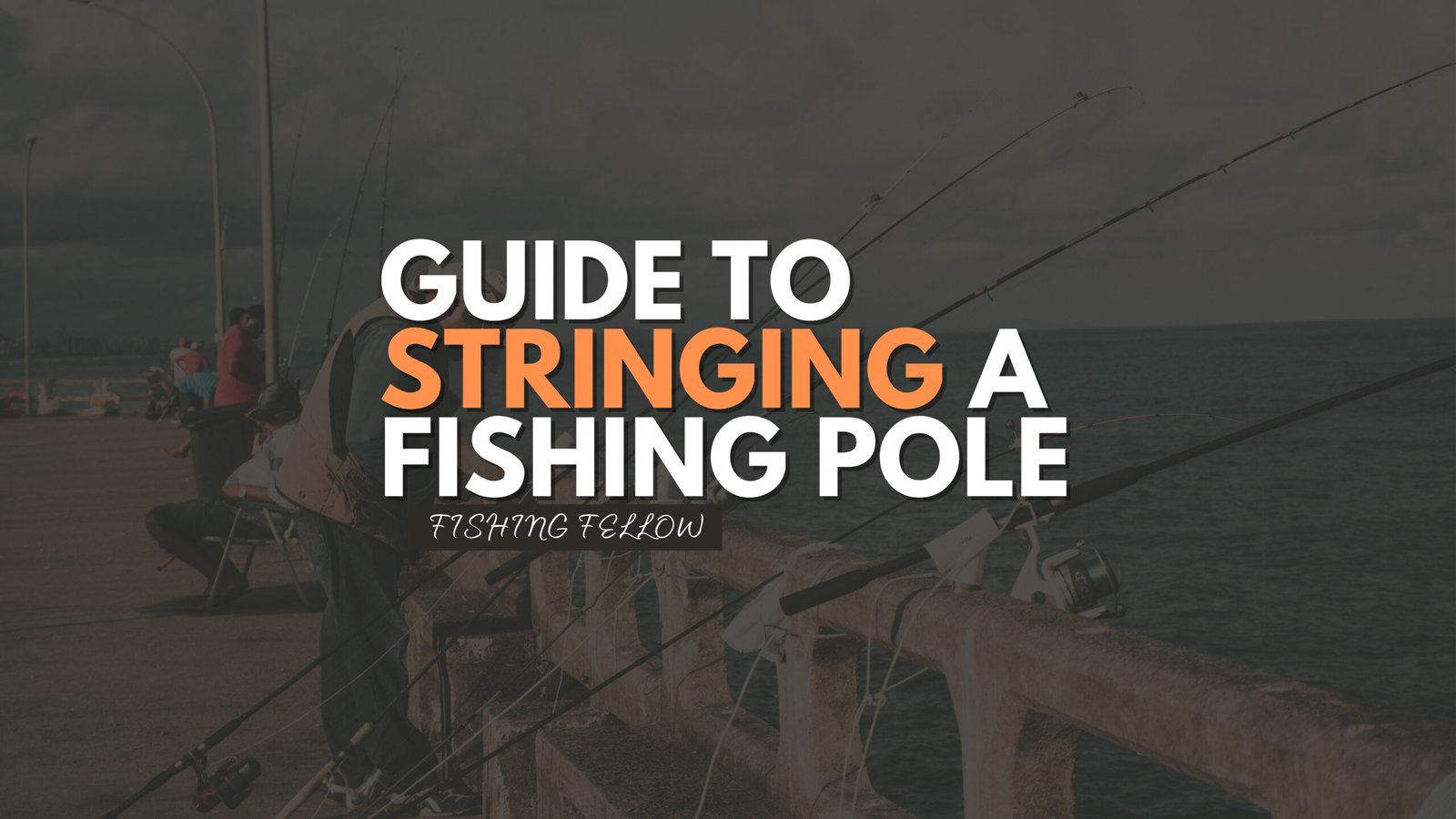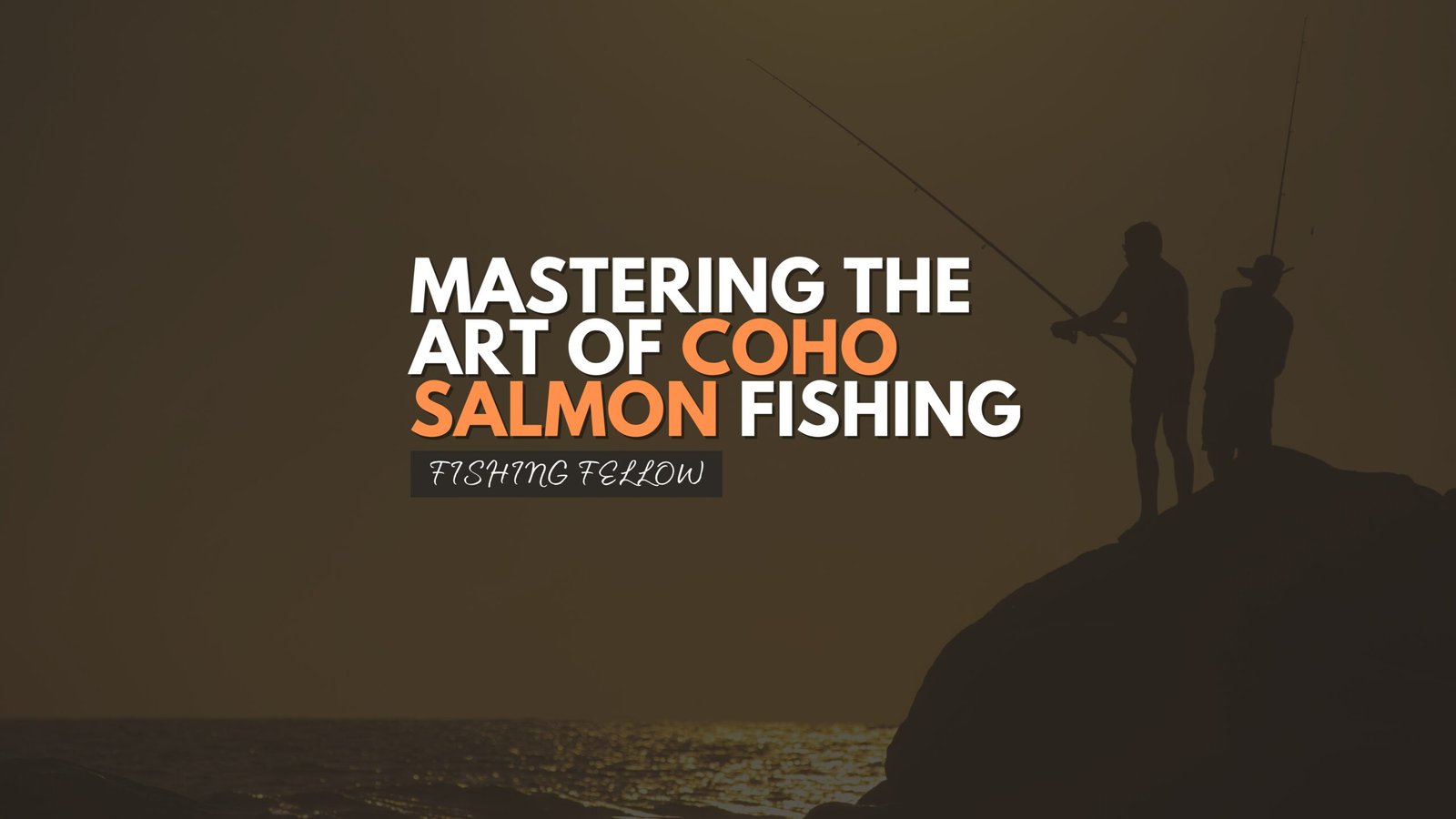Fishing is a timeless pursuit, a dance between anglers and the elusive creatures beneath the water’s surface. Yet, the first step to a successful fishing expedition begins with a seemingly simple act – how to hold a fishing pole.
Table of Contents
The way you grip your rod can significantly impact your control, sensitivity, and overall fishing experience. Let’s dive into the art of holding a fishing pole for optimal results.
1. The Foundation: Choosing the Right Grip:
Before you cast your line, consider the grip that best suits your fishing style. The two primary grips are the “Overhand Grip” and the “Underhand Grip.”
- Overhand Grip: This classic grip involves holding the rod above the reel with your dominant hand. It provides excellent control for precision casting and is favoured by many experienced anglers.
- Underhand Grip: Hold the rod below the reel with your dominant hand for a more relaxed and comfortable grip. This style is great for beginners and is often used in situations that require less precision, such as bait fishing or trolling.
2. Balancing Act: Finding the Right Balance Between Control and Comfort:
The key is to strike a balance between control and comfort. Gripping the rod too tightly can decrease sensitivity, making it challenging to detect subtle bites. Conversely, holding it too loosely may result in loss of control, especially when battling larger fish.
Experiment with different grip pressures, paying attention to the feedback your rod provides. A gentle but firm grip often yields the best results, allowing you to feel the movements of your lure and detect even the slightest nibble.
3. Aligning the Hands: Achieving Precision in Casting:
For casting accuracy, your hands must work in harmony. Ensure that your dominant hand is positioned comfortably on the grip, while your non-dominant hand supports the rod from below. This alignment provides stability during the casting motion, increasing your chances of hitting your target.
Practice your casting technique regularly, refining the fluid motion of your hands to achieve both distance and accuracy.
4. Adjusting for Different Techniques: Customizing Your Grip:
Adapt your grip based on the fishing technique you’re employing. For example, when finesse fishing or working with light tackle, a more delicate grip may be required to feel the subtle movements of your bait.
On the other hand, when power and control are crucial, such as when battling larger fish, a firmer grip may be necessary to manage the increased resistance.
5. Ergonomics and Personal Comfort: Customizing Your Approach:
Everyone’s hands are different, and what works for one angler may not work for another. Pay attention to your comfort level and make adjustments accordingly.
Consider experimenting with different rod handles, grips, and lengths to find the combination that feels most natural in your hands.
Conclusion:
Holding a fishing pole is not just a technical aspect of angling; it’s an intimate connection between angler and rod, a subtle dance that evolves with each cast.
By mastering the art of holding a fishing pole, you unlock a world of precision, control, and, ultimately, a more fulfilling fishing experience. So, next time you cast your line, remember that the way you hold your rod is the first step toward a successful day on the water.




